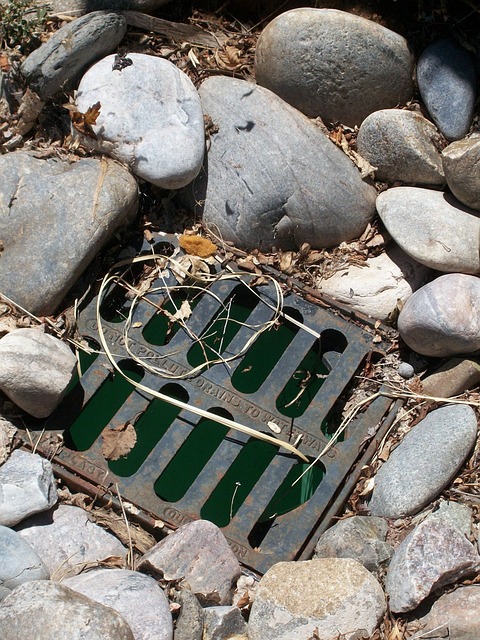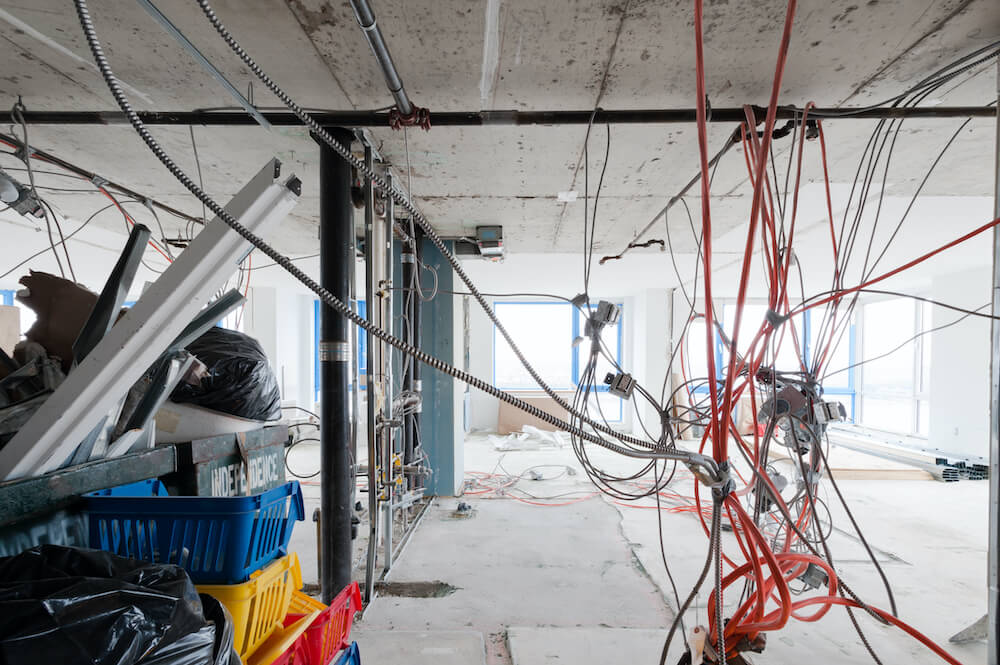How to Protect Your Home For a Houston Flood
Though Houston floods are inevitable, damage to your home is not—here’s how to protect your home from flooding

Houston natives can list many great things about the city: Houston is one of the most diverse cities in the South, and it has a vibrant culture. Houston residents enjoy a relatively low cost of living. But if there is one aspect about Houston that most residents would like to change, it’s the floods. In Houston and Harris County, floods affect huge sections of the city on a regular basis. Sweeten outlines ways to protect your home from flooding in Houston.
At Sweeten, we’re experts at all things general contractors — we pre-screen them for our network, carefully select the best ones for your remodeling project, and work closely with hundreds of general contractors every day. So, we’ve tapped our internal expertise to bring you this guide.
Why Houston floods devastate homes
Houston’s wet season, from May to October, brings a punishing round of tropical storms, hurricanes, or just old-fashioned heavy rain.
Houston rests near Galveston Bay, four major bayous, and numerous creeks. Floods are a fact of life in a city surrounded by so much water. If you live west of the city center, your home will generally hold up better during flooding. Residents of EaDo (East Downtown), Garden Oaks, Highland Village, and Midtown tend to fare better than other areas.
Moving eastward from the city center increases the likelihood of high water levels and floods. Kingwood, Spring Branch, the Heights, and Sharpstown all flood regularly. Hurricane Harvey and Tropical Storm Imelda turned these neighborhoods brown with floodwater. The storms hit Meyerland, located mostly within the 100-year floodplain, particularly hard.
Houston and Harris County are so heavily paved-over that runoff water cannot keep pace with these huge increases of water. Short of moving to another city, you can take a number of steps to protect your home:
Tip 1: Grade soil away from your house
Houston’s low-lying topography, with elevations reaching only about 50 feet above sea level, makes it particularly vulnerable to flooding. While you can’t physically alter the city’s geography, you can create a “micro-elevation” on your own property.
One effective strategy is to redesign your property’s grading. By carefully considering water flow, erosion, and storm runoff management, you can prevent your yard and home from becoming inundated during heavy rainfall. This is especially important in light of recent events like Hurricane Harvey, which devastated the city with unprecedented flooding.
For example, you could create a gentle slope away from your home to direct rainwater towards a designated drainage area. This helps prevent water from pooling around your foundation and potentially seeping inside. Additionally, consider installing rain gardens or bioswales to absorb excess stormwater and reduce runoff into local waterways. These natural features can also help improve water quality and provide habitat for wildlife.

Tip 2: Install a sump pump and maintain it
If your Houston house has a basement, it undoubtedly already has a sump pump. If not, install one immediately. Sump pumps discharge interior water to the exterior. It is valuable for high waters or for minor interior flooding. However, it will not protect your home against catastrophic flooding.
Your sump pump should be ready to turn on at any time. If not, it may experience power loss, clogging, or switch issues. If the unit cannot keep up with the water, install a larger unit. The average lifespan of a sump pump is about 10 years. If your sump pump is at the end of this lifespan, consider replacing it. Sweeten brings homeowners an exceptional renovation experience by personally matching trusted general contractors to your project, while offering expert guidance and support—at no cost to you. Renovate to live, Sweeten to thrive!
Tip 3: Raise your house
The most effective way to protect your Houston home from flooding is to elevate it significantly above the 100-year floodplain. While the city requires a minimum elevation of one foot, experts recommend at least 18 inches and often advocate for even higher foundations, such as six feet. If you’re building a new home in a flood-prone area, consider elevated foundations rather than slab-on-grade construction.
If you already own a home, elevating it is possible through a retrofit process. This involves raising the house on piers and constructing a new, higher foundation. While elevating your home can be a significant investment, starting at $75 per square foot and taking up to three months to complete, it’s a long-term solution that can protect your property from future flooding.
Tip 4: Dry floodproof your foundation
Imagine your home’s foundation wall as the hull of a boat. Just as a boat must be watertight to prevent flooding, your foundation needs protection from the constant threat of rising water levels. Dry floodproofing is a technique that involves sealing your foundation with specialized materials to create a barrier against water infiltration.
This process involves applying sealants and membranes to both the exterior (positive-side) and interior (negative-side) of your foundation. These materials work together to create a substantially impermeable wall, limiting water accumulation. In the event of flooding, a sump pump can help remove excess water, ensuring that the interior of your home remains dry.
It’s crucial to entrust this project to a qualified contractor with experience in dry floodproofing. A skilled contractor can not only meet the minimum performance standards set by FEMA but also go above and beyond to ensure your home is optimally protected from flood damage. By investing in dry floodproofing, you can significantly reduce the risk of water intrusion and safeguard your property from the devastating effects of flooding.
Tip 5: Install flood vents
In lieu of dry floodproofing, consider installing flood vents. Contractors can install FEMA-compliant flood vents in your foundation walls. In dry times, these vents prohibit vermin from entering underneath your house. During floods, these vents open freely to allow the passage of floodwaters. At the same time, these vents block debris that can damage the structure.
Flood vents may also help you reduce your flood insurance premiums. Houston homes receive so much structural damage because of the force of the water on the foundations. Flood vents reduce that pressure.
Only certain types of foundations require flood vents. Many older Houston homes have a crawlspace foundation that supports the house with piers or columns. This foundation often has a skirt or non-load-bearing wall around the house perimeter. Sometimes, brick or concrete comprises the skirt wall instead of wood. Because the wall cannot hold back floodwaters, dry floodproofing is not a viable option.
Many Houston contractors can advise you on how to protect your home from flooding in Houston. They can assess whether dry floodproofing or flood vent installation is your best option.
Tip 6: Install and maintain a backflow valve
During floods, one unhappy byproduct is sewer or water drainage backflow. During this, backflow sends sewer water into the house. Floodwater itself is dirty enough. But when sewage pipes directly into your home, that only adds insult to injury.
Some backflow valves are automatic, such as ball float valves in floor drains. On the other hand, manually-operated gate-style valves open and close by turning a wheel.
Note that backflow valves prevent your house’s sewage from running into the sewer main. Standard backflow valves provide no way for you to flush a toilet. Speak to your contractor about backflow valves with ejector pump attachments. These attachments can divert your sewage back into the sewer system, while still preventing backflow from coming into your home.
More ways to prevent or ease flood damage in Houston
Raise exterior outlets
Electrical code typically requires only that exterior outlets be accessible from grade, or ground, level. For Houston with its floods, this usually translates to “too low.”
An electrician can relocate your exterior GFCI outlets. The outlets should be at least one foot above the expected flood line.
Check your exterior drainage system
Your house’s gutters collect rainwater from the roof. Drainpipes move that water downward. Make sure that this interdependent system works properly which your contractor can assess. If your system needs repairs, they can recommend and install solutions.
Install waterproof flooring at (or below) grade
If your home’s lowest level is on-grade or is below-grade (like a basement), avoid installing carpet, solid hardwood, or engineered wood flooring. As long as that level remains dry, you are fine. But if that level overflows with water, the best response is to remove the flooring.
Hard-surface, 100-percent waterproof flooring stands a good chance for successful cleanup. Consider installing ceramic or porcelain tile, resilient plank, sheet, or tile floor.
Using these ways to protect your home from flooding will provide peace-of-mind. Understanding your options based on your budget and the type of home you have is a good start.
—
Ready to renovate? Start here!
Here you can learn more about our services and locations. Alternatively, browse more home renovation inspirations, processes, and cost guides.









